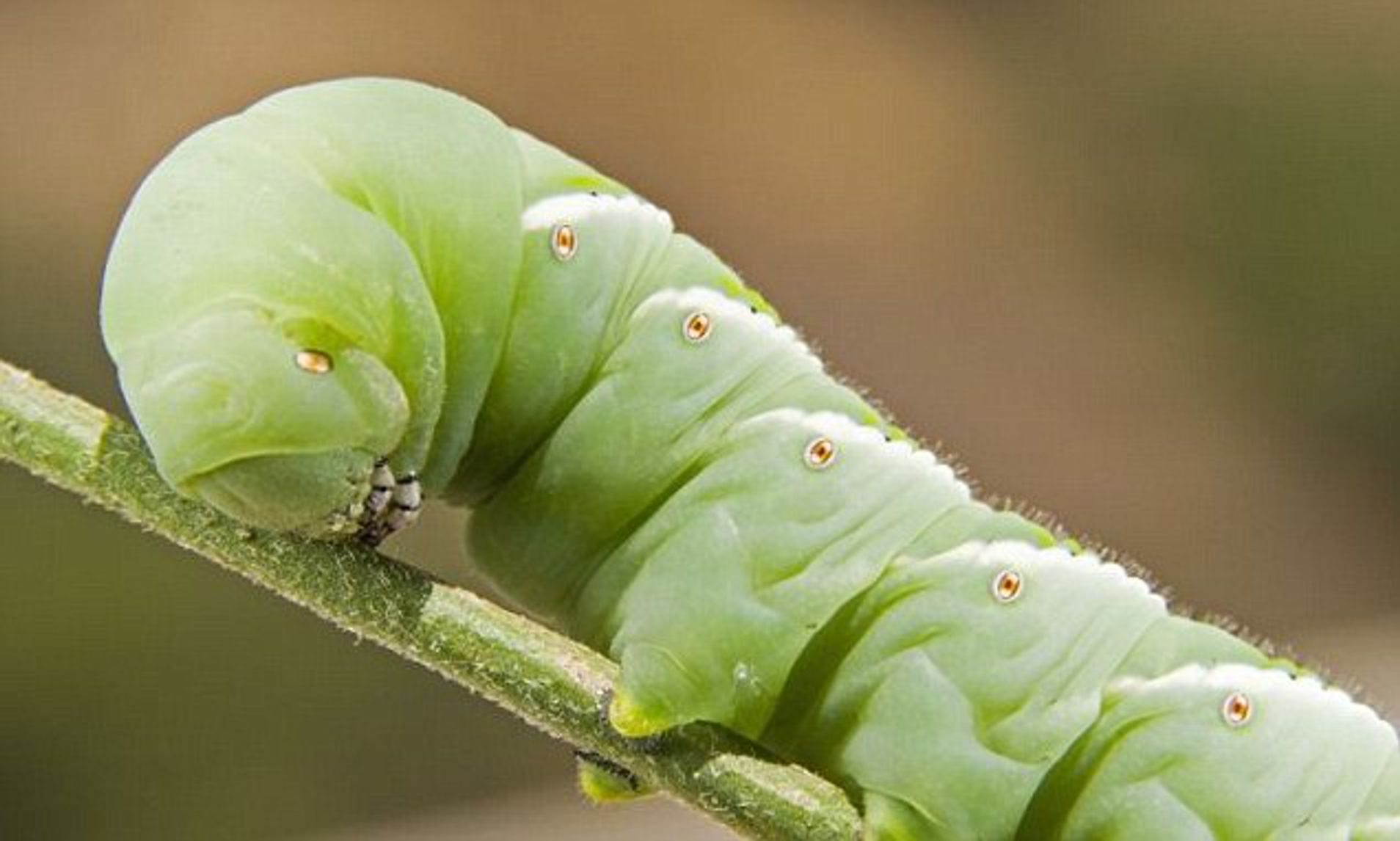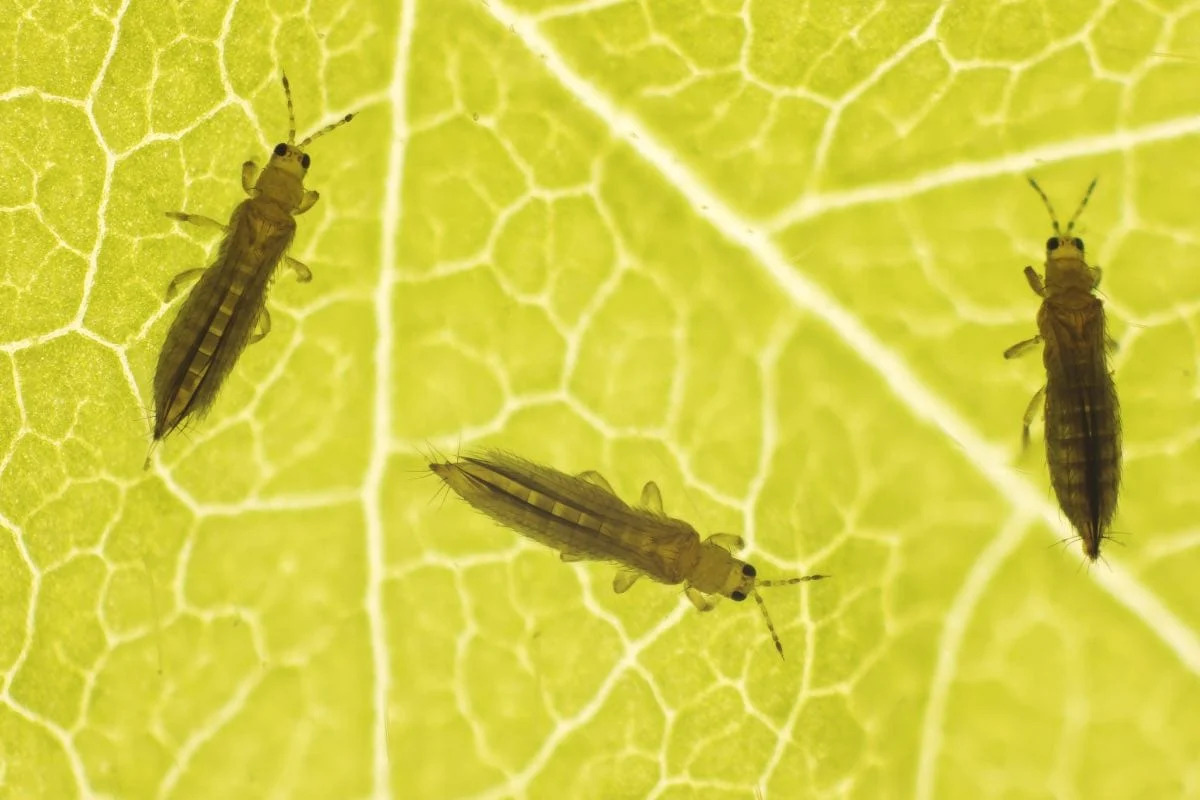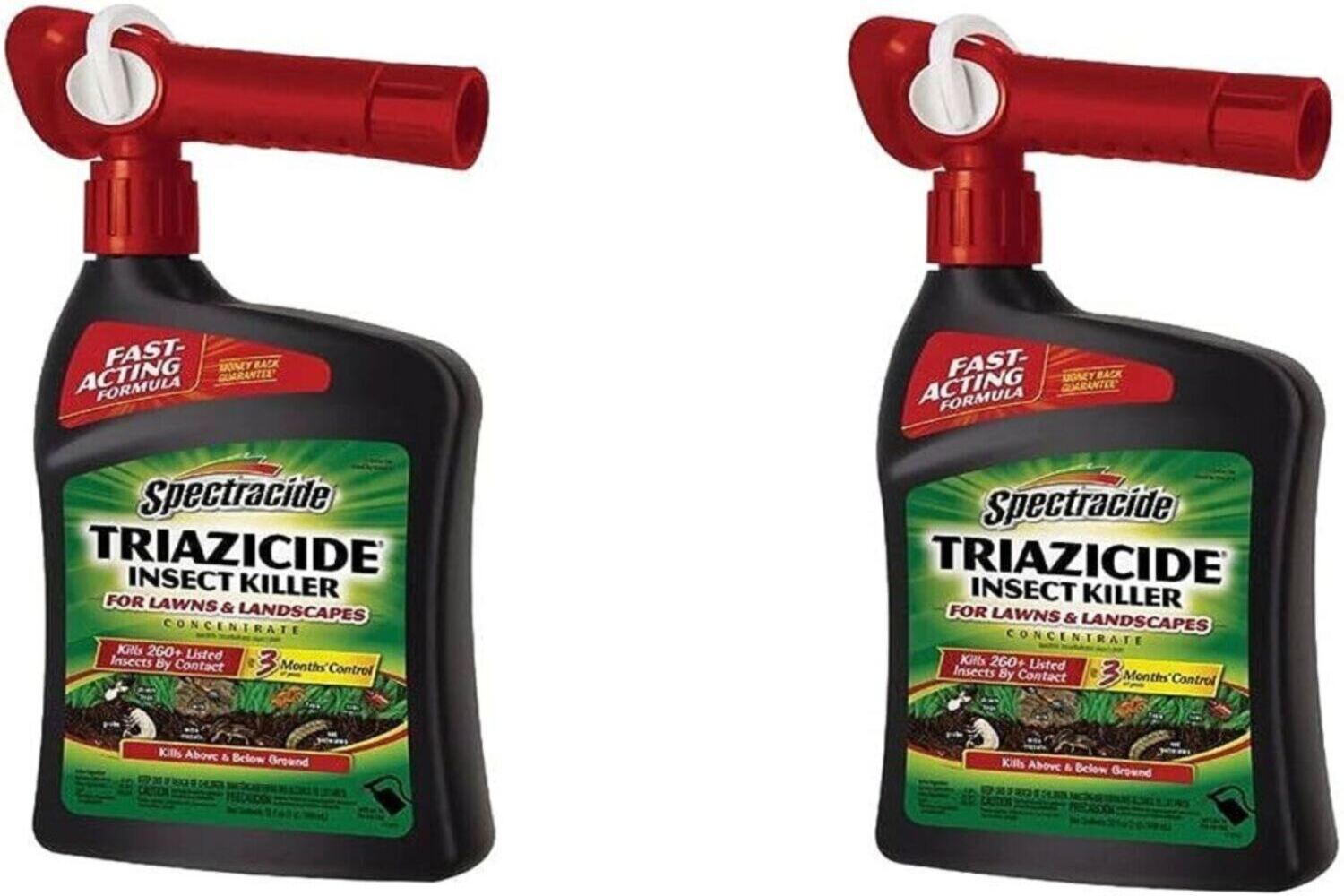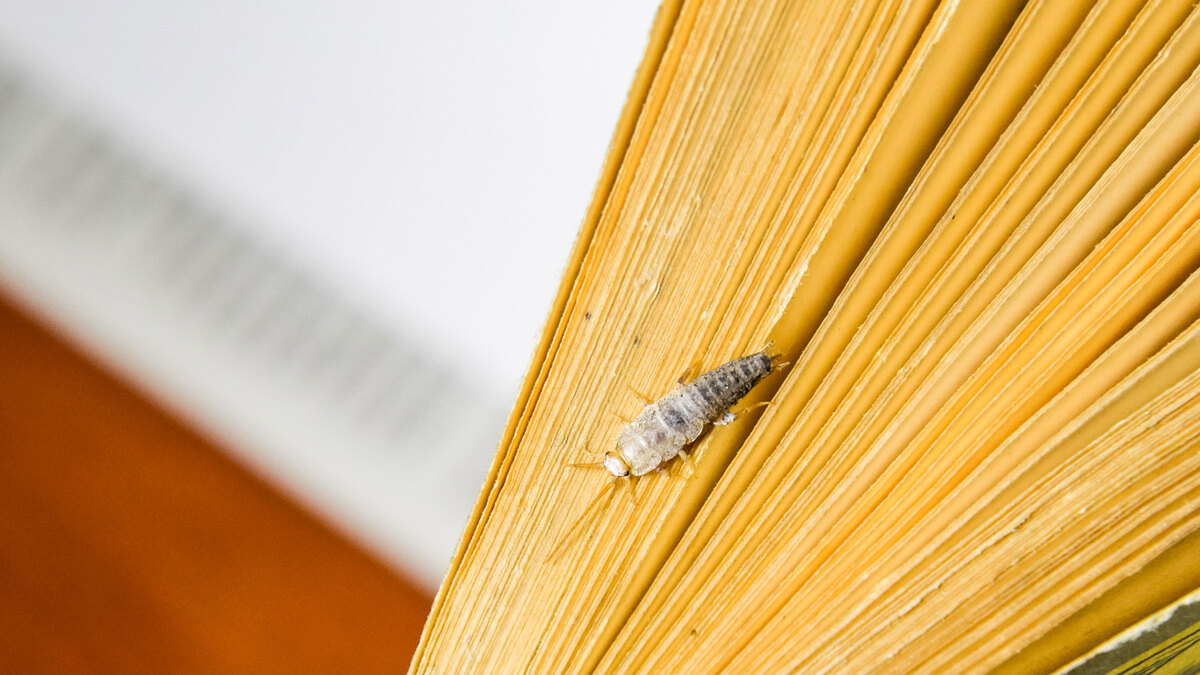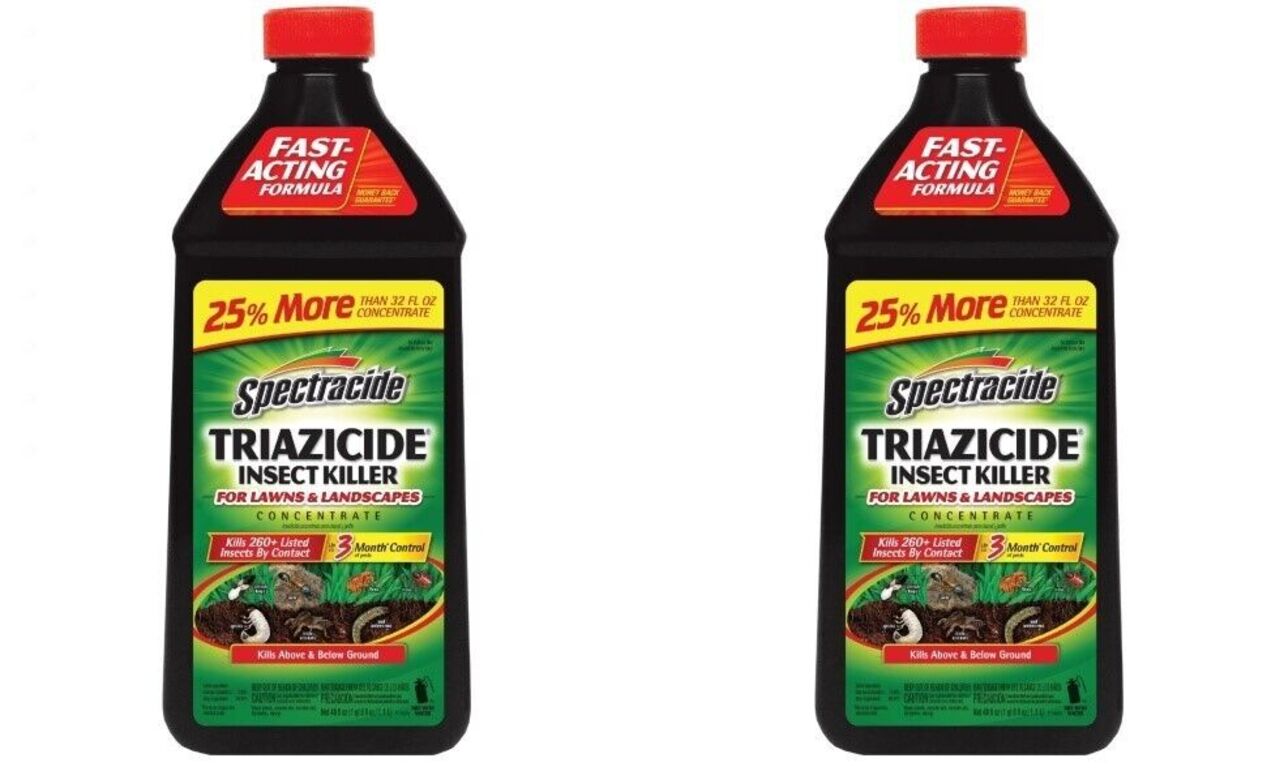Home>Gardening News and Trends>Latest News>What Insects Does Triazicide Kill List


Latest News
What Insects Does Triazicide Kill List
Published: December 6, 2023
Discover the Latest News on the List of Insects that Triazicide Effectively Kills. Protect your garden and home with this trusted insecticide.
(Many of the links in this article redirect to a specific reviewed product. Your purchase of these products through affiliate links helps to generate commission for Chicagolandgardening.com, at no extra cost. Learn more)
Table of Contents
Introduction
Welcome to our comprehensive guide on Triazicide and the insects it targets. Triazicide is a popular insecticide known for its effectiveness in controlling a wide range of pests. Whether you’re dealing with bothersome insects in your garden, on your lawn, or even inside your home, Triazicide can be a valuable tool in your pest management arsenal.
Understanding how Triazicide works and which insects it targets is essential for successful pest control. In this article, we will delve into the details to provide you with a comprehensive list of insects that Triazicide can effectively eliminate. Whether you’re a homeowner, gardener, or professional pest control expert, this information will help you make informed decisions when dealing with insect infestations.
Triazicide is a broad-spectrum insecticide that belongs to the class of chemicals known as pyrethroids. These chemicals are synthesized to mimic the natural insecticidal properties found in chrysanthemum flowers. The active ingredient in Triazicide is gamma-cyhalothrin, which acts by disrupting the nervous system of target insects, ultimately leading to their demise.
Before we dive into the list of insects that Triazicide can effectively control, it’s important to note that this insecticide should be used with caution. Always read and follow the instructions provided by the manufacturer to ensure the safe and proper application of the product. Additionally, consider using alternative pest control methods, such as biological controls or integrated pest management strategies, to minimize the use of chemical insecticides.
Now, let’s explore the various insects that Triazicide can target. By understanding the specific pests that Triazicide can effectively control, you can determine if it is the right choice for your pest management needs.
Understanding Triazicide
Triazicide is a widely used insecticide that offers effective control against a variety of pests. It is available in various formulations, including sprays, granules, and concentrates, to meet different application needs. Understanding how Triazicide works is crucial for maximizing its effectiveness and ensuring safe usage.
Triazicide contains gamma-cyhalothrin, a pyrethroid insecticide that targets the nervous system of insects. When applied, it disrupts the normal functioning of nerve cells, leading to paralysis and, eventually, the death of the insect. It provides rapid knockdown and residual control, offering long-lasting protection against pests.
One of the key advantages of Triazicide is its broad-spectrum activity. It effectively targets a wide range of insects, making it suitable for controlling both crawling and flying pests. Additionally, Triazicide is known for its fast-acting properties, providing quick results in eliminating insect infestations.
When using Triazicide, it is important to follow the instructions provided by the manufacturer. This includes wearing protective gear, such as gloves and goggles, during application to minimize any potential risks. It is also essential to apply Triazicide only to the areas specified on the product label and avoid contact with edible plants, water sources, and beneficial insects.
As with any pesticide, it is important to consider the potential impact on the environment. Triazicide should be used responsibly to minimize any negative effects on non-target organisms. If possible, select alternative pest control methods or utilize integrated pest management techniques that prioritize biological and cultural controls to reduce pesticide reliance.
In summary, Triazicide is a highly effective insecticide that offers broad-spectrum control against a variety of pests. It works by targeting the nervous system of insects, leading to their paralysis and eventual demise. By understanding how Triazicide works and following the recommended application guidelines, you can effectively manage pest infestations while minimizing potential risks. Remember to always prioritize the safety of humans, pets, and the environment when using any pesticide.
Target Insects for Triazicide
Triazicide is known for its effectiveness against a wide range of insects, making it a versatile solution for pest control. Whether you’re dealing with pests in your garden, on your lawn, or indoors, Triazicide can help eliminate them. Let’s explore some of the main insects that Triazicide targets:
- Aphids: These small, soft-bodied insects can cause significant damage to plants by feeding on their sap. Triazicide can effectively control aphids, preventing them from damaging your plants.
- Beetles: Triazicide can target various beetle species, including Japanese beetles, cucumber beetles, and Colorado potato beetles. These pests can destroy foliage, flowers, and fruits, but Triazicide can help keep them at bay.
- Caterpillars: Triazicide is effective against caterpillars, including destructive pests such as armyworms, cutworms, and cabbage loopers. By targeting these larvae, Triazicide can protect your plants from extensive damage.
- Mosquitoes: Triazicide can also be used to control mosquitoes, which are not only annoying but also pose health risks due to their ability to transmit diseases. Applying Triazicide to breeding sites and resting areas can help reduce their population.
- Ants: Triazicide can target a variety of ant species, including fire ants and carpenter ants. These pests can cause damage to structures and invade your home, but proper application of Triazicide can help eliminate them.
- Flies: Whether they are house flies, fruit flies, or blow flies, Triazicide can effectively control these pests. By eliminating flies, you can prevent the spread of diseases and maintain a hygienic environment.
- Ticks: Triazicide can be used to control ticks, which can pose health risks by transmitting diseases to humans and animals. Targeting areas where ticks reside, such as tall grass and shrubs, can help reduce their population.
These are just a few examples of the many insects that Triazicide can effectively control. It is important to note that Triazicide targets the pests but should be used with caution to minimize any impact on beneficial insects, wildlife, and the environment.
By properly identifying the target insects and following the recommended application guidelines, you can effectively manage pest infestations using Triazicide while minimizing risks to non-target organisms.
The List of Insects Triazicide Kills
Triazicide is a powerful insecticide that can effectively eliminate numerous pests. Here is a comprehensive list of the insects that Triazicide can target and control:
Crawling Insects:
- Aphids
- Ants
- Beetles (Japanese beetles, cucumber beetles, Colorado potato beetles)
- Chiggers
- Clover mites
- Cockroaches
- Crickets
- Earwigs
- Fleas
- Mites
- Millipedes
- Pillbugs
- Scorpions
- Silverfish
- Sowbugs
- Spiders
- Ticks
Flying Insects:
- Flies (house flies, fruit flies, blow flies)
- Mosquitoes
- Moths
- Gnats
Biting Insects:
- Bed bugs
- Fleas
- Mosquitoes
Garden Pests:
- Caterpillars (armyworms, cutworms, cabbage loopers)
- Leafhoppers
- Leafminers
- Leaf rollers
- Thrips
- Whiteflies
This list is not exhaustive, but it highlights some of the most commonly encountered pests that Triazicide can effectively control. It is important to note that the efficacy of Triazicide may vary depending on factors such as the severity of the infestation, the target insect species, and adherence to the application instructions.
Always read and follow the instructions provided by the manufacturer to ensure the safe and effective use of Triazicide. Additionally, consider employing integrated pest management strategies and alternate pest control methods to minimize the reliance on chemical insecticides and reduce potential risks to non-target organisms.
Conclusion
Triazicide is a powerful insecticide that offers effective control against a wide range of pests. Whether you’re dealing with crawling insects, flying insects, biting insects, or garden pests, Triazicide can help eliminate them and protect your plants, home, and outdoor spaces.
By understanding how Triazicide works and the specific insects it targets, you can make informed decisions when it comes to pest management. Remember to follow the instructions provided by the manufacturer and use Triazicide responsibly to minimize potential risks to humans, pets, and the environment.
While Triazicide is highly effective, it is important to consider alternative pest control methods, such as biological controls, cultural practices, and integrated pest management strategies. These approaches can help reduce the need for chemical insecticides and promote a healthier and more balanced ecosystem.
Before using any pesticide, it is recommended to conduct a thorough assessment of the pest problem and identify the target insects accurately. This will ensure that you choose the right product for your specific needs and achieve better results.
Remember, maintaining a healthy garden, lawn, or indoor space involves not only managing pests but also creating favorable conditions for plants and fostering biodiversity. Incorporate sustainable gardening practices, such as proper watering, regular pruning, and encouraging beneficial insects, to create a resilient and thriving environment.
In summary, Triazicide is a valuable tool in pest control, offering effective control against a wide variety of insects. By using it responsibly and in conjunction with other pest management strategies, you can enjoy a pest-free environment while promoting the overall health and balance of your ecosystem.
